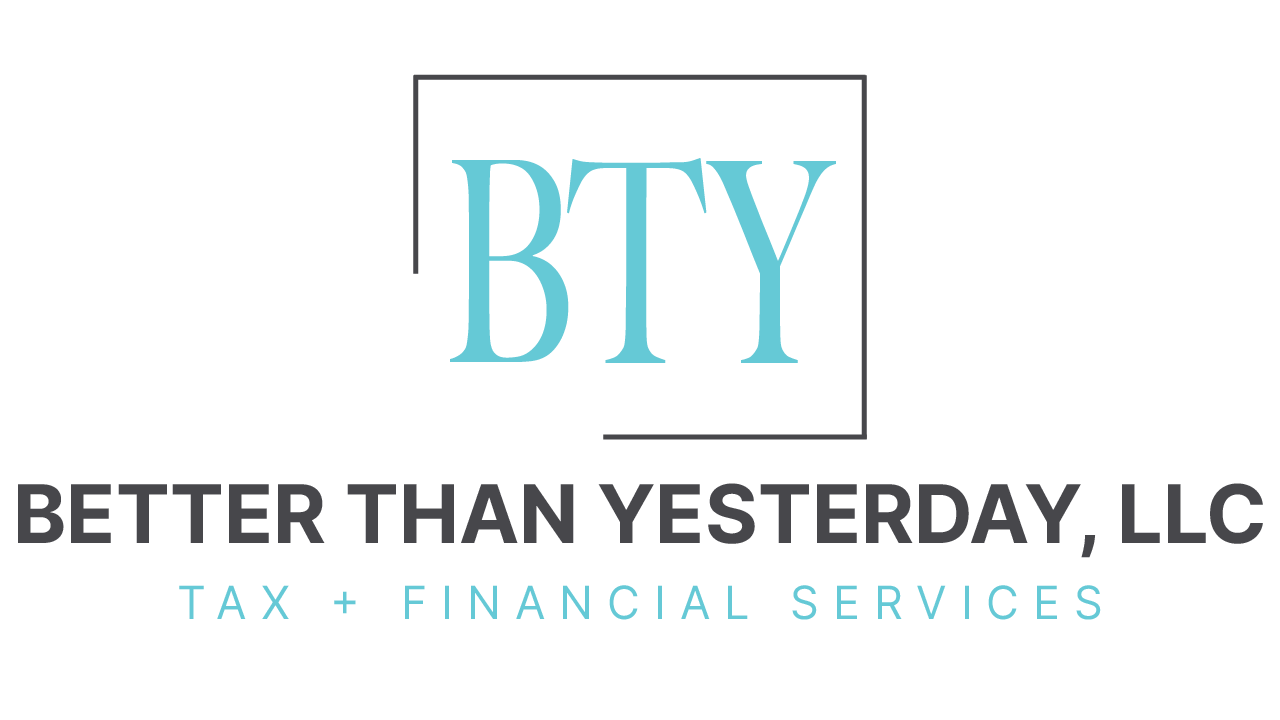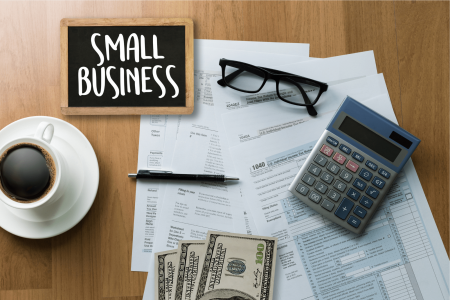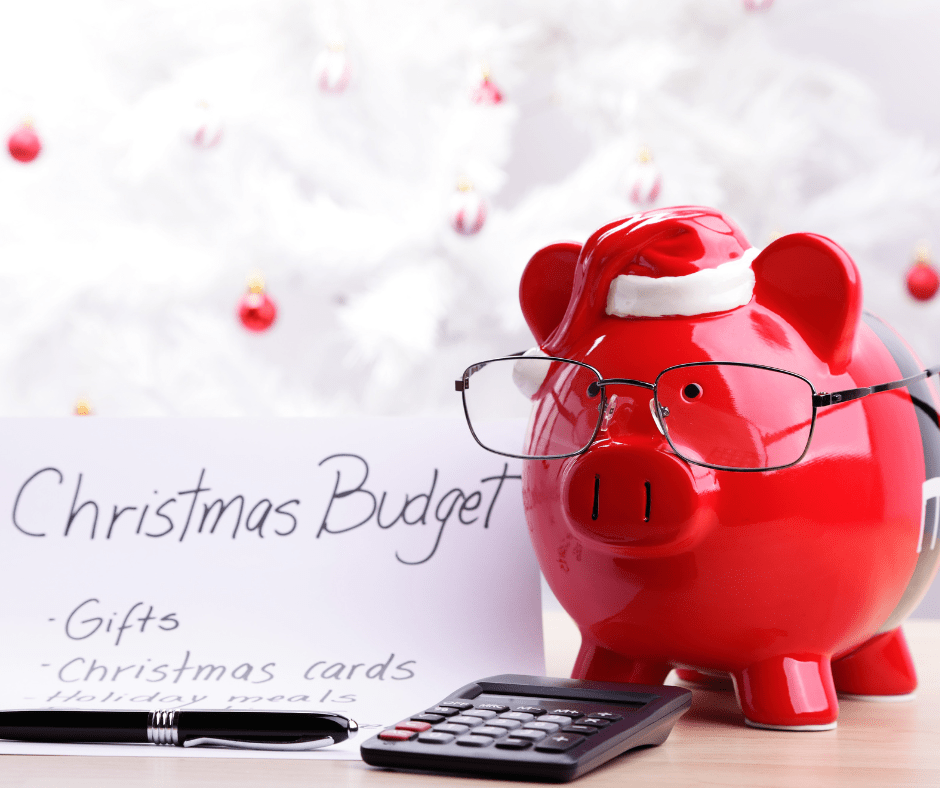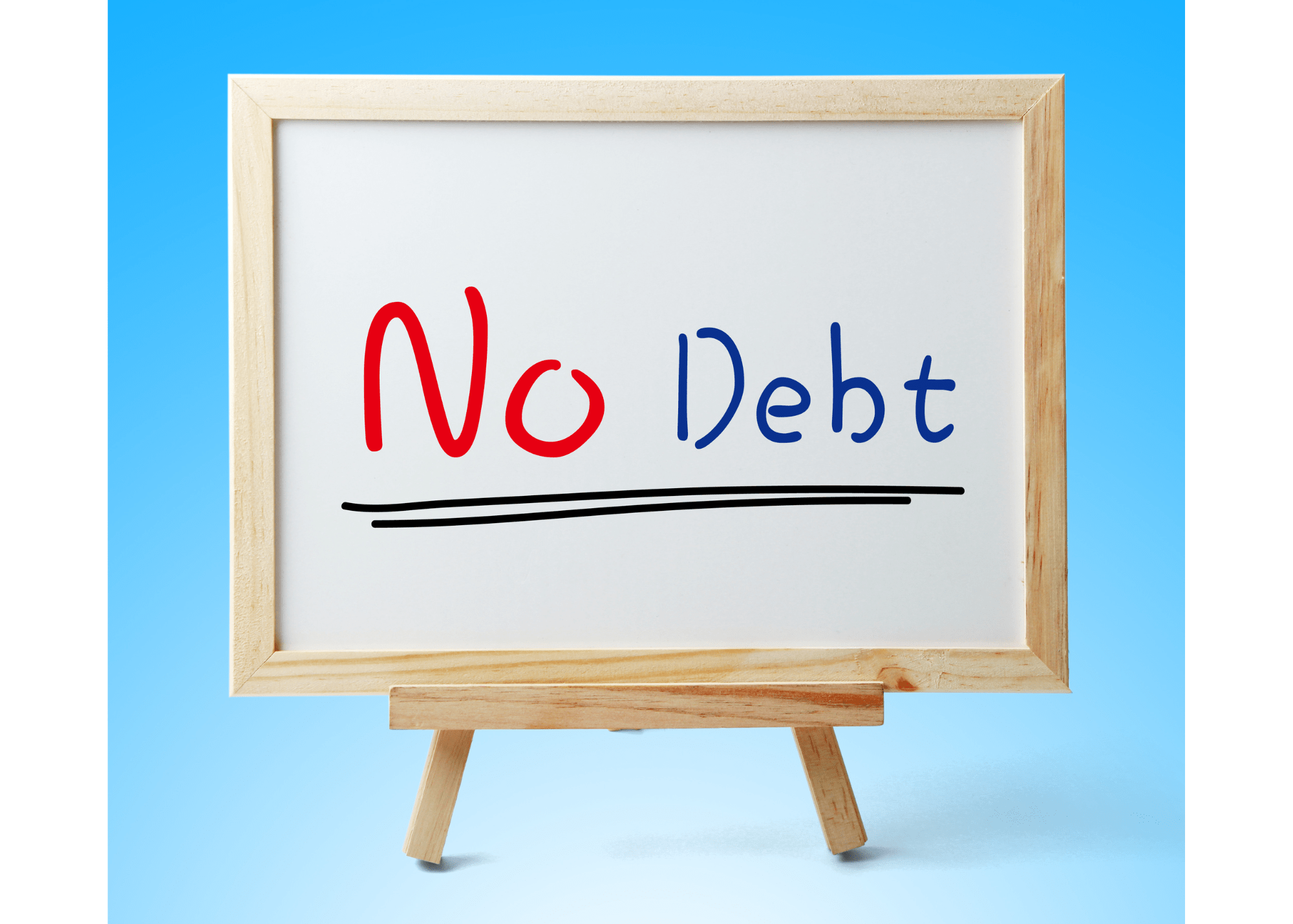Creating a small business is very exciting!
But also, kind of overwhelming…
There is so much information to surf through and you’re never sure where to start or what’s applicable to you. The first place to start should be protecting yourself and your business.
Download the Small Business Checklist as a reference!
CHOOSE THE RIGHT FORM FOR YOUR SMALL BUSINESS
Most small businesses default to a sole proprietorship.
Choosing the right form of business is very important to protect your business and yourself personally.
Sole proprietorships are easy to form, but not always the safest. Sole proprietorships do not separate personal and business assets.
Which means your personal assets are not protected.
If you want to do a sole proprietorship form of business, then at least create a single-member LLC. This will give you the option to operate as a sole proprietorship with the protection of legally separating business and personal assets.
You can easily create an LLC for your small business through LegalZoom. The price plans start at a basic level $0 (plus filing fees). Of course, you may need to add more services as you go for state filing requirements, etc. You should budget at least $250-$300 for this LLC filing fee.
Which is a small price to pay for protection.
Other business formation options to consider are:
| BUSINESS STRUCTURE | OWNERSHIP | LIABILITY | TAX RETURN | TAXES |
| Sole Proprietorship | One Person | Unlimited personal liability | Schedule C on Personal Return (Form 1040) | Personal tax Self-employment tax |
| Partnerships | Two or more people | Unlimited personal liability, unless LLP | Form 1065 | Personal tax Self-employment tax (except for limited partners) |
| Limited Liability Company (LLC) | One or more people | Owners are not personally liable | *Can be any business tax form (1040, 1065, 1120, 1120S) | Self-employment tax Personal or Corporate tax |
| Corporation – C Corp | One or more people | Owners are not personally liable | Form 1120 | Corporate tax |
| Corporation – S Corp | One or more people, but no more than 100 | Owners are not personally liable | Form 1120S | Personal tax |
If you are considering a business formation other than a sole proprietorship/single-member LLC, then it is best to consult with an attorney or tax professional for your individual situation.
Consulting with a professional will help you determine the best formation option for your business.
SEPARATE YOURSELF FROM YOUR SMALL BUSINESS
Now that you’ve legally separated yourself from your business by selecting the correct business form. It’s time to financially separate yourself from your business.
Separating personal assets and business assets is a highly recommended practice. When you mix up personal and business, things just get messy.
Keeping business assets separated from personal assets helps maintain your liability protection. You can do this by opening a bank account in your business name. This account will be used solely for business purposes.
Also, if you have personal property that will be used by the company consider moving the property from your name to the company’s name.
MAINTAIN GOOD RECORDS AND PROTECT FILES
Okay, you had to see this step coming.
Always keep good records! You will thank me later.
Having good records just makes life easier. Especially when something stressful comes up, like a lawsuit or audit.
Maintaining clean records is a way of protecting your business because you can reference the correct paperwork and easily access resources and supporting documents.
You can maintain good records by keeping a clean set of books on your business, and if you don’t trust yourself to do the bookkeeping, then hire a trusted bookkeeper.
Also, keep all of your important business documents together. Labeled and organized so you or someone else can easily find files. Whether you do this on your computer or in a file cabinet.
And just having good records isn’t all. You need to protect your files as well. Since most documents are probably on your computer, make sure you back them up!
If you don’t have your documents on a computer, consider scanning your files to your computer so you have a backup of your paper copies.
GET BUSINESS INSURANCE
All businesses should have liability insurance or some form of insurance that is applicable to their business.
This is an additional layer of protection for your business to financially recover faster than it would without insurance.
If you have employees you will also need worker’s compensation, unemployment insurance, and possibly disability insurance.
There is a wide variety of business insurance coverage, be sure to consult with a professional to see what type of insurance you need for your business.
FIND PROFESSIONAL HELP AS NEEDED
Speaking of consulting with a professional –
Always get professional help when you need it. This practice will save you several headaches (or migraines) later on.
If you have a complicated legal question or situation, hire a good attorney.
If you have technical questions or computer setups then hire an IT professional.
If you have tax questions or planning/preparation needs then hire a tax professional.
You get the point.
Of course, there is a lot of research that you can do yourself but consulting with professionals is the fastest and easiest way to get the correct answers for your specific situation.
There are several other issues to consider for your business, but these five steps are the first steps to get your business protected and started on the right path.
Be sure to continuously be thinking of the best ways to set your business up for success. Keeping the future in mind is the best way to do this. Good luck with your business ventures and I look forward to hearing about your success!
Follow along for more tips!
All videos are made with Animaker, sign up for free today!






